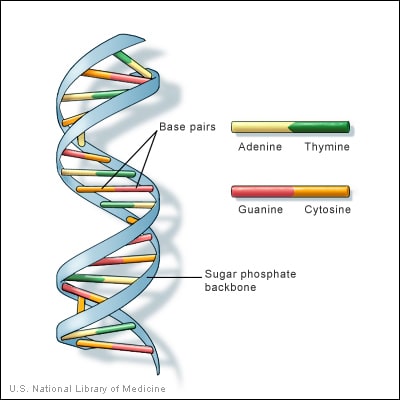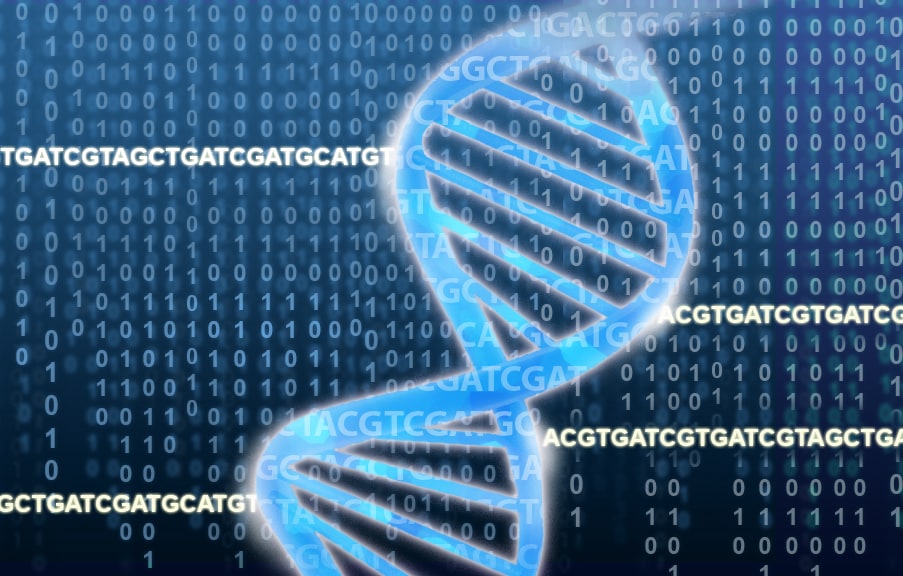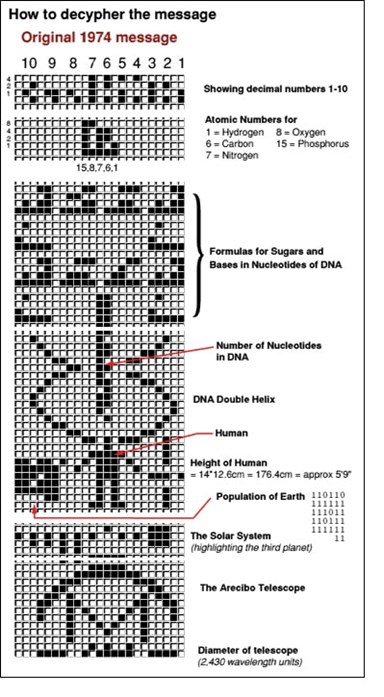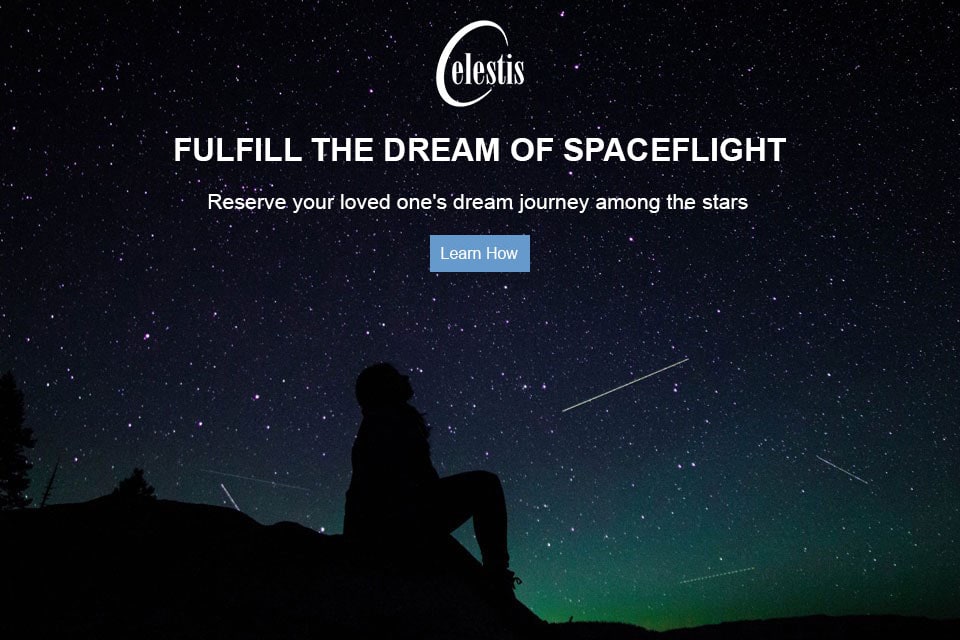Would flying DNA to the stars harm ET?
Share Would flying DNA to the stars harm ET?:
Post Authors
NASA goes to great lengths to prevent microorganisms from being transported on its space probes to other planets. We wouldn’t want Earthly bacteria we may accidentally carry to Mars to contaminate or even kill any Martian microbes that may exist. So spacecraft such as the Mars rovers are assembled in sterile “clean rooms” where parts of the spacecraft are treated with heat and chemicals so as to kill any bacteria that may be present.
In contrast, the new Celestis DNA™ Service intentionally flies people’s DNA into space – including into deep space on Celestis Voyager Service missions. Are such ‘Reverse Panspermia’ missions – spaceflights that could conceivably carry our DNA to other stars – potentially harmful to extraterrestrial civilizations?
Contact us for more information or to receive launch updates
To answer this question we need to understand what DNA is and what it is not.
According to the US National Library of Medicine:
DNA, or deoxyribonucleic acid, is the hereditary material in humans and almost all other organisms. Nearly every cell in a person’s body has the same DNA…. The information in DNA is stored as a code made up of four chemical bases: adenine (A), guanine (G), cytosine (C), and thymine (T). Human DNA consists of about 3 billion bases, and more than 99 percent of those bases are the same in all people. The order, or sequence, of these bases determines the information available for building and maintaining an organism, similar to the way in which letters of the alphabet appear in a certain order to form words and sentences.
DNA bases pair up with each other, A with T and C with G, to form units called base pairs. Each base is also attached to a sugar molecule and a phosphate molecule. Together, a base, sugar, and phosphate are called a nucleotide. Nucleotides are arranged in two long strands that form a spiral called a double helix. The structure of the double helix is somewhat like a ladder, with the base pairs forming the ladder’s rungs and the sugar and phosphate molecules forming the vertical sidepieces of the ladder.

In short, DNA is a uniquely encoded acid – a molecule – that is used to build and maintain living organisms (as we know life on Earth), but is not itself an organism. Similarly, water is a molecule that is used to build and maintain living organisms, but is not itself an organism. Furthermore, living organisms are born, grow old and die: DNA, being a molecule like water, does none of those things. Like water, DNA is a biologically inert substance, is essential to life, but is not itself a life form.
Rather than being a teeny tiny bug, DNA is more like a computer program. It is a set of instructions used to get things done – in this case, an algorithm such organisms as trees, fish, humans and teeny tiny bugs employ to reproduce, grow and live. For example, human DNA tells the body whether to produce brown, black, blonde or red hair on our heads, and whether that hair will be straight or curly. But while computers use binary code (two digits represented by 1’s and 0’s), DNA uses quaternary code – four digits consisting of adenine (A), guanine (G), cytosine (C), and thymine (T).

 Descriptions of this quaternary code have already been sent to other stars. In 1974 scientists sent the famous Arecibo message to a cluster of stars called “M13,” some 25,000 light-years from Earth. The message included a rough diagram of DNA, the formulas for the sugars and bases in DNA’s nucleotides, as well as the number of nucleotides. In 1999 and again in 2003 scientists — working with Celestis personnel — sent a series of transmissions called “Cosmic Calls” to stars that could harbor an extraterrestrial intelligence, and are located between 33 to 71 light years from Earth. Each transmission carried a sophisticated representation of DNA, its nucleotides and its role in human cells.
Descriptions of this quaternary code have already been sent to other stars. In 1974 scientists sent the famous Arecibo message to a cluster of stars called “M13,” some 25,000 light-years from Earth. The message included a rough diagram of DNA, the formulas for the sugars and bases in DNA’s nucleotides, as well as the number of nucleotides. In 1999 and again in 2003 scientists — working with Celestis personnel — sent a series of transmissions called “Cosmic Calls” to stars that could harbor an extraterrestrial intelligence, and are located between 33 to 71 light years from Earth. Each transmission carried a sophisticated representation of DNA, its nucleotides and its role in human cells.
So if ET finds a Celestis Voyager spacecraft eons from now, or if ET receives an interstellar radio transmission with DNA information decades from now, ET won’t be receiving a life form, but instead a how-to manual.
Further Reading
To Boldly Go: Nichelle Nichols’ 90th Celebrated With Unveiling of Foundation
When Star Trek's Nichelle Nichols died in late July at age 89, she was lauded as the trailblazer she was during her lifetime. However, her story is far from over. In early 2023, she will fly alongside the DNA of her son, Kyle Johnson, aboard Celestis’ Enterprise Flight. In addition, the Nichelle Nichols Foundation – announced today, on what would have been her 90th birthday – will continue to promote diversity in STEM fields.
By Celestis on 12/28/2022Why I Am Sending a Celestis MindFile™ to Deep Space
Why did Celestis' Director of Content, Emily Carney, purchase her own Celestis MindFile™? The answer is not as apparent as it might seem.
By Emily Carney on 11/25/2022




